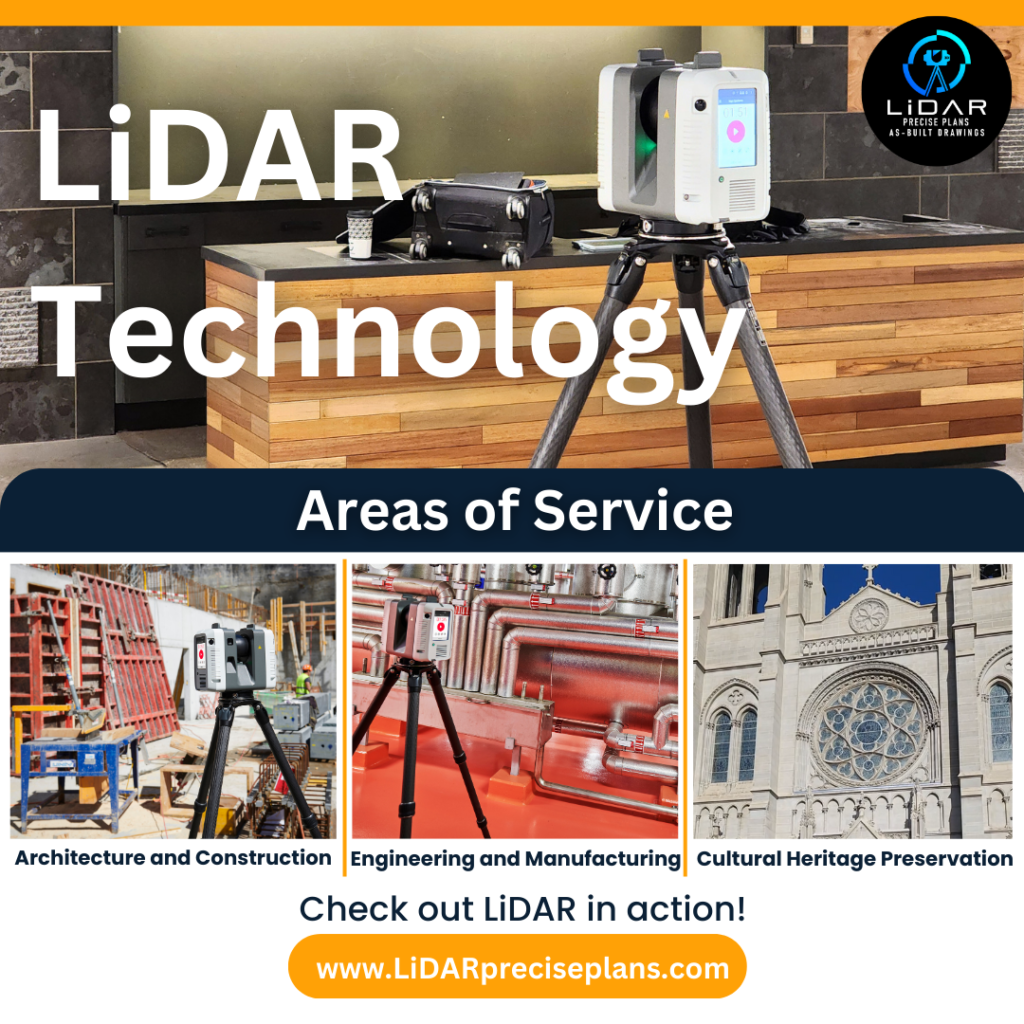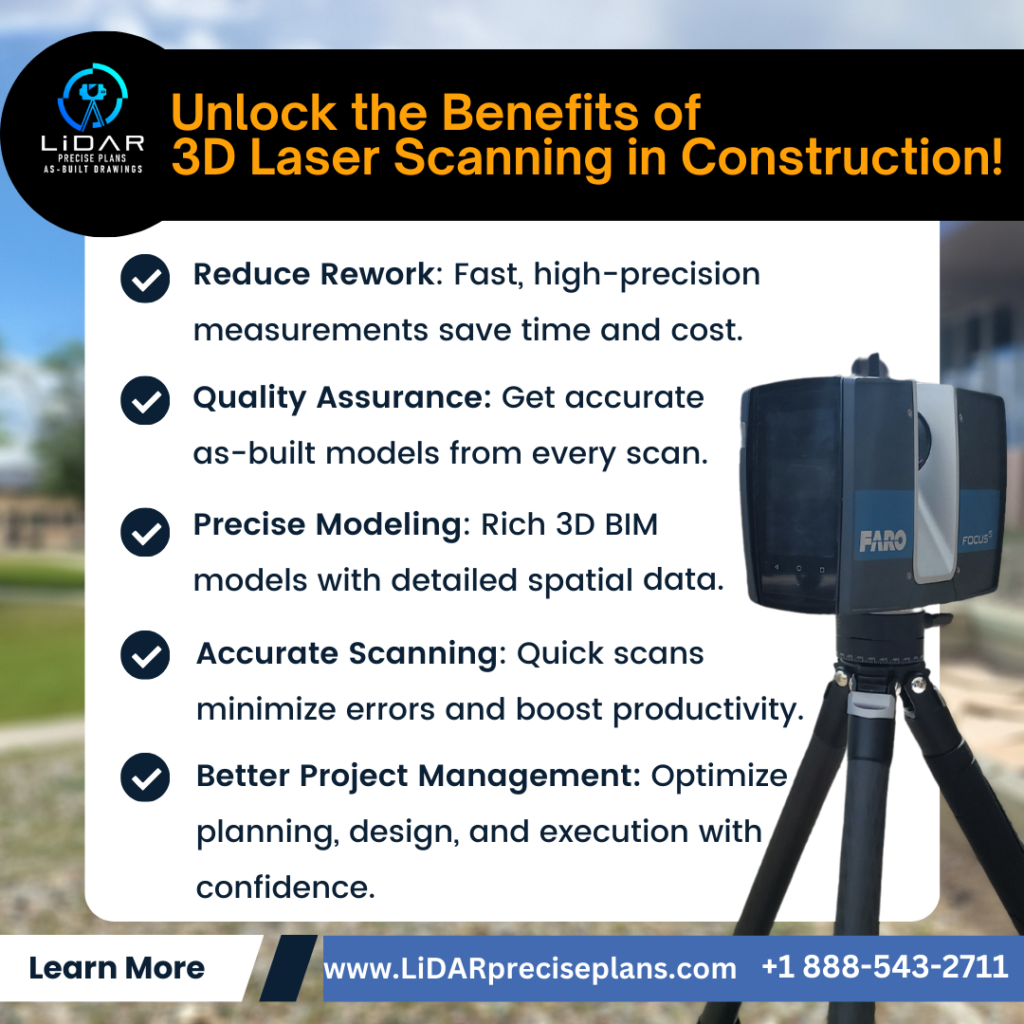
3D Laser Scanning Technology: Transforming Industries and Unlocking New Possibilities
The digital world evolves constantly, reshaping how we work, create, and interact. Among the latest advancements, 3D laser scanning stands out as a groundbreaking technology with transformative potential. It captures precise, detailed information about physical objects and environments, producing highly accurate 3D models.
What Is 3D Laser Scanning?
3D laser scanning uses lasers to measure and capture the exact size, shape, and spatial characteristics of objects or environments. The data, recorded as millions of points called point clouds, maps each surface the laser touches. Specialized software then processes this data to create a 3D model that mirrors the real-world object’s dimensions and details.
Key Applications Across Industries
This versatile technology has applications across multiple fields. Here’s how different industries are making the most of it:
1. Architecture and Construction
- Building Documentation: Architects use scanning to create as-built drawings, providing a digital replica of structures for analysis and renovation.
- Site Analysis: Scans of construction sites offer detailed data, helping architects and engineers anticipate challenges before projects begin.
- Renovations and Restorations: For older buildings or those lacking blueprints, 3D scans generate accurate plans to guide restoration efforts.
2. Manufacturing and Engineering
- Quality Control: Scanning detects differences between design specs and actual production, reducing errors and waste.
- Reverse Engineering: Engineers analyze existing parts to improve designs or create replacements.
- Prototyping: 3D scans facilitate rapid prototyping, speeding up product development.
3. Entertainment and Media
- Film and Game Development: Scanners capture real-world locations or props, creating digital assets that feel lifelike and immersive.
- Virtual Reality (VR) and Augmented Reality (AR): Scans enhance VR and AR applications, making experiences more realistic in games, simulations, and training.
4. Healthcare and Medical Fields
- Prosthetics and Orthotics: Scans create custom-fitting prosthetics that better meet patient needs.
- Medical Imaging: Hospitals use 3D scanning for non-invasive imaging, capturing details that traditional scans might miss.
- Surgical Planning: Precise models of anatomy help surgeons plan complex procedures more effectively.

Benefits of Laser Scanning Technology
This advanced technology offers distinct advantages over traditional measurement and modeling methods, such as:
- Unmatched Accuracy: Laser scanning captures details with millimeter precision, essential for projects requiring high accuracy.
- Efficiency: It collects data in minutes, saving hours or days compared to manual measurement.
- Comprehensive Data Collection: 3D scanning records data from multiple angles, providing a complete view for accurate modeling.
- Cost Reduction: By improving accuracy and efficiency, laser scanning reduces rework and labor costs.
- Enhanced Collaboration: Digital models are easy to share with remote teams, aiding collaboration in design, engineering, and construction.

The Future of 3D Scanning Technology
With ongoing advancements, this technology is expected to impact more industries and expand its applications. Here’s a look at some emerging trends:
- Smart Cities: Scanning could assist urban planners in capturing infrastructure data, vital for integrating IoT sensors in smart cities.
- Historic Preservation: Preservationists use scanning to document heritage sites accurately, allowing digital access to historic landmarks.
- Autonomous Vehicles: This technology could improve sensor data for self-driving cars, enhancing navigation and obstacle detection.
- Environmental Monitoring: Conservationists could map forests or track wildlife with minimal disturbance, using this technology to gather crucial data.
Why 3D Laser Scanning is a Game-Changer
3D laser scanning doesn’t just improve modeling—it revolutionizes how we approach physical data. By enabling accurate digital recreations of real-world environments, it fosters innovation and collaboration.
Consider these game-changing aspects:
- Scalability: 3D scanning can capture anything from small parts to cityscapes, making it versatile across diverse applications.
- Real-Time Analysis: Advanced scanning equipment and software allow real-time data analysis, enabling on-site adjustments.
- Sustainability: 3D scanning minimizes waste, reduces errors, and supports sustainable practices, especially in construction and manufacturing.
Conclusion: The Digital Future with 3D Laser Scanning
3D laser scanning does more than capture images—it captures potential. As technology advances and accessibility grows, 3D laser scanning will empower industries to innovate, cut costs, and achieve greater precision. In fields like architecture, healthcare, and entertainment, it’s already invaluable, and its potential for the future remains vast.
This technology is reshaping our digital future, redefining how we perceive and interact with the physical world through a digital lens. The journey of 3D laser scanning is only beginning, and the possibilities are limitless.
For more information, contact us today.


